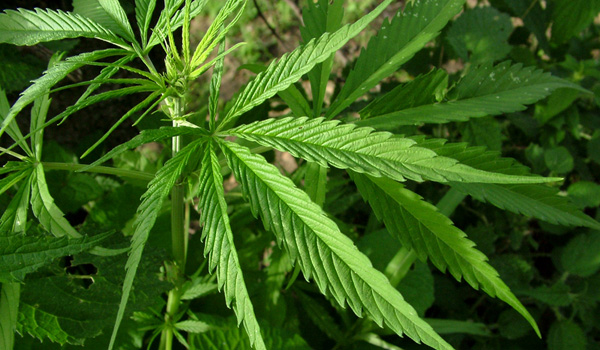Even Casual Pot Use Changes the Brain

People who smoke marijuana a few times a week, but are not addicted to the drug, may still undergo changes in their brains in areas thought to be involved in emotion, motivation and addiction, a new study suggests.
In the study, people who smoked marijuana about one to five times a week had changes in the size, shape and density of a brain region called the nucleus accumbens, compared with people who did not use the drug. The region was abnormally large, and denser in pot users — and the more joints a person smoked, the more pronounced these abnormalities were, the researchers said.
"The common folklore in the general population is that causal marijuana use does not hurt you," but these findings argue that this may not be the case, said study researcher Dr. Hans Breiter, a professor of psychiatry and behavioral sciences at Northwestern University Feinberg School of Medicine in Chicago.
Another region called the amygdala was also abnormally shaped in people who smoked pot, according to the study.
Although previous studies have found brain changes in heavy marijuana users (those who smoke about 20 joints a week for many years), the new study is the first to link less-frequent marijuana use to brain abnormalities, the researchers said. [Trippy Tales: The History of 8 Hallucinogens]
In this study, marijuana use "is associated with abnormalities in these two central parts of the brain…they're really important, fundamental regions for you, and these abnormalities are directly related to the amount of drug [people use]," Breitersaid.
However, the new study looked at participants' brains at only one point in time, so the findings cannot prove that marijuana use caused the brain differences. To show this, future studies will need to examine people over time.
Get the world’s most fascinating discoveries delivered straight to your inbox.
In addition, it's not clear whether these brain changes are harmful in people. The researchers are conducting studies to answer this question. Animal studies suggest that the kinds of brain changes seen in subjects in the study occur when people are in the process of becoming addicted, the researchers said.
The researchers scanned the brains of 20 college-age marijuana users and 20 people who did not use the drug. Marijuana smokers said they used the drug at least once a week, but a standard interview test showed they were not dependent on the drug.
The researchers chose to look at the nucleus accumbens and amygdala because these regions are thought to play a role in the rewarding feelings of drugs, and other things that people consider pleasurable. Studies show that rats exposed to tetrahydrocannabinol (THC), the active ingredient of marijuana, develop new connections in the nucleus accumbens.
Researchers suspect that these new connections make other rewards in life — such as food, sex and social interaction — seem less satisfying, compared with the effects of the drug. The increased volume and density in the nucleus accumbens of study participants suggests that they may be forming new connections in that brain area.
Future research should examine whether abstaining from marijuana can cause the abnormalities to go away, and whether smoking marijuana at different stages in life (such as during the teen years) affects brain development, Breiter said. This research needs to move quickly, especially as society moves forward with legalization of the drug and its use for medical purposes, Breiter said.
The study will be published April 16 in the Journal of Neuroscience.
Follow Rachael Rettner @RachaelRettner. Follow Live Science @livescience, Facebook & Google+. Original article on Live Science.

Rachael is a Live Science contributor, and was a former channel editor and senior writer for Live Science between 2010 and 2022. She has a master's degree in journalism from New York University's Science, Health and Environmental Reporting Program. She also holds a B.S. in molecular biology and an M.S. in biology from the University of California, San Diego. Her work has appeared in Scienceline, The Washington Post and Scientific American.
